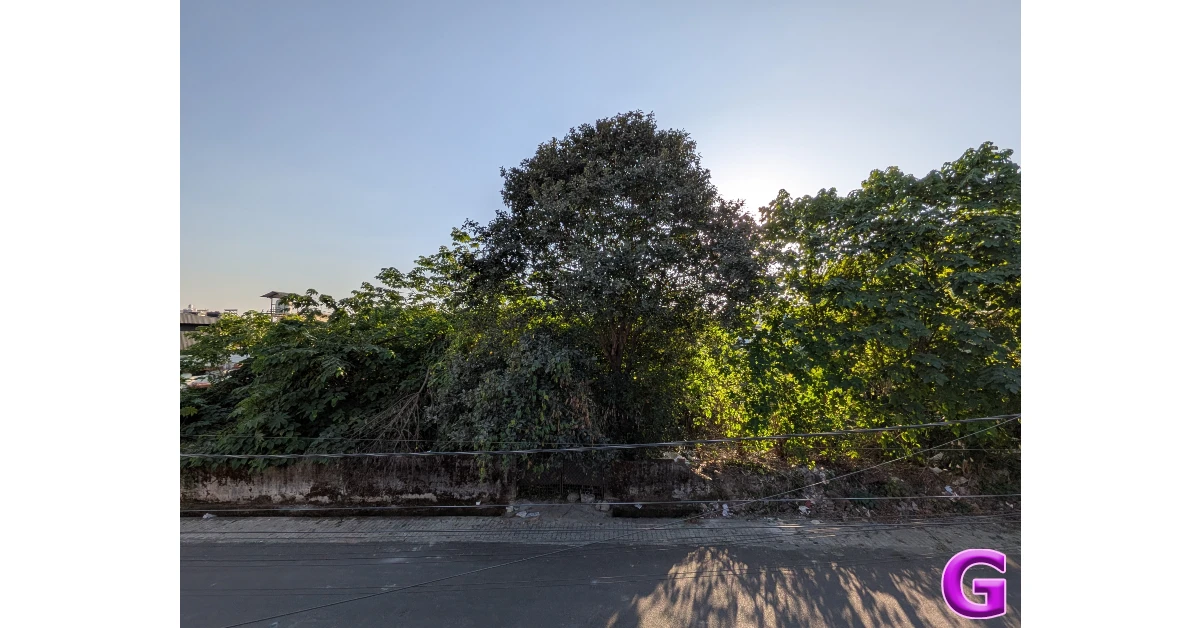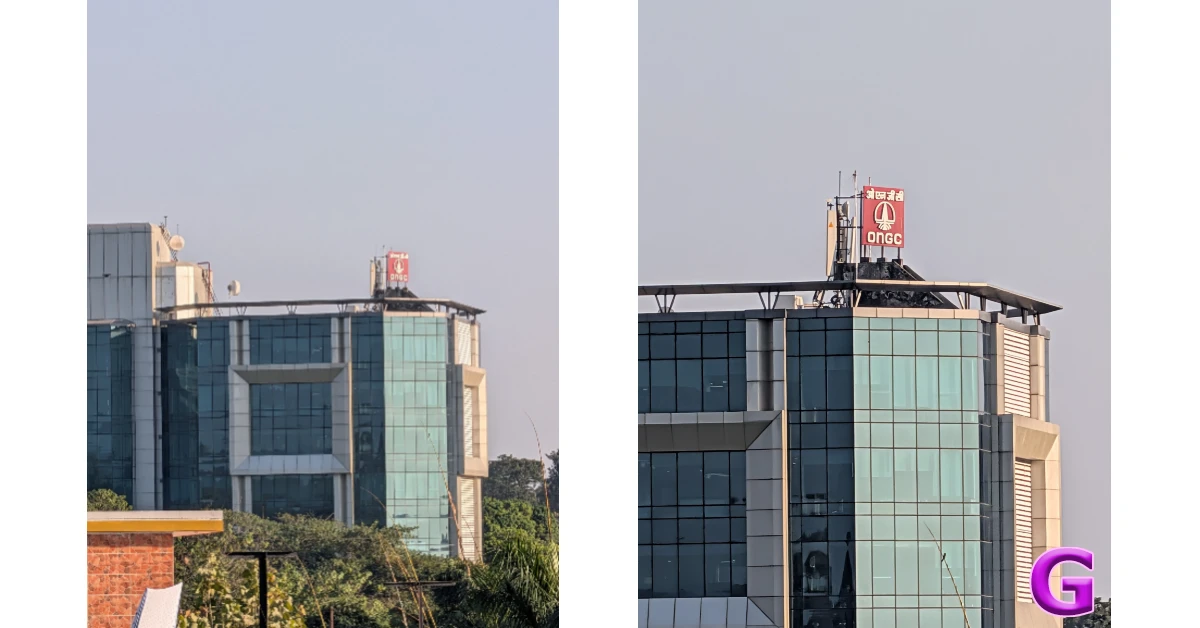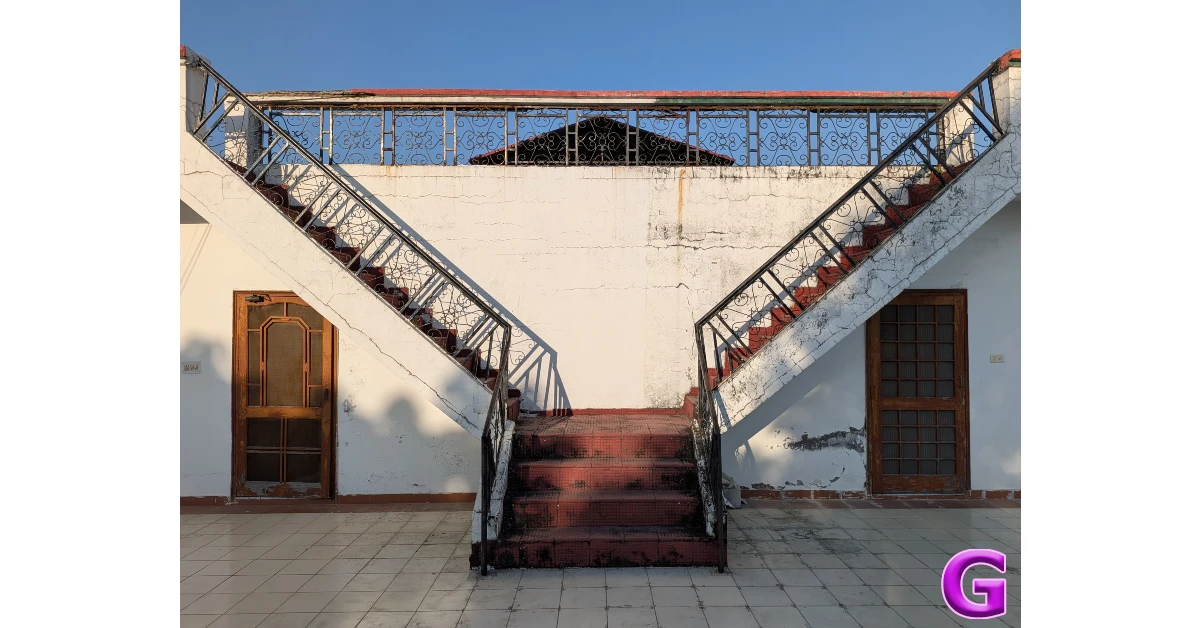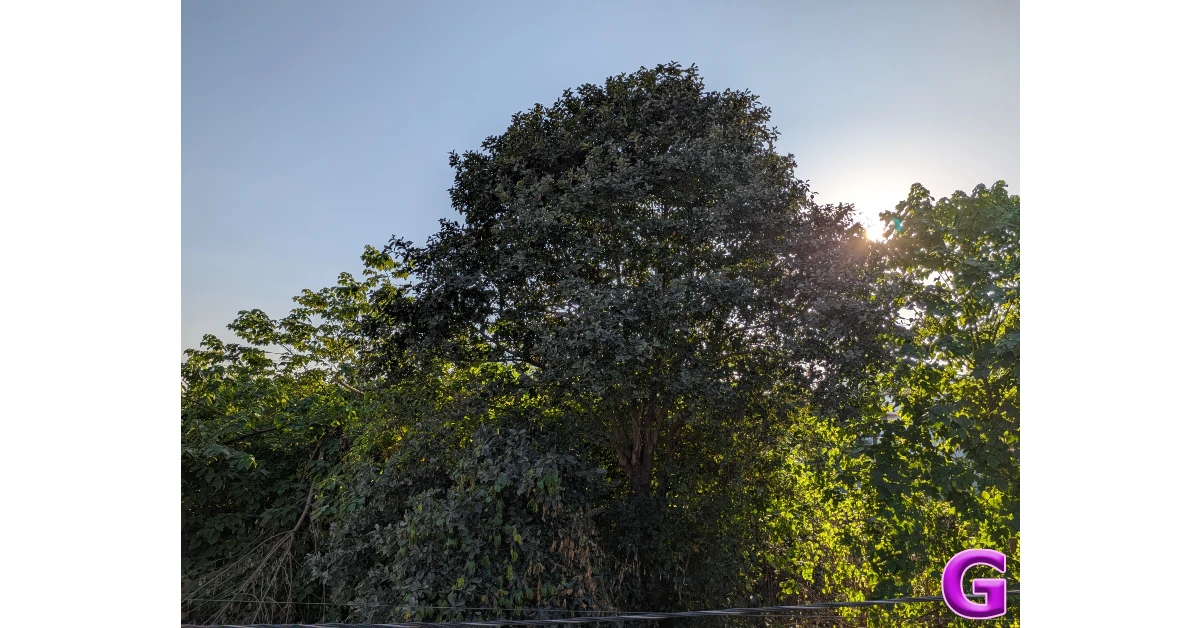Last year, Google went back to the drawing board and completely revamped its foldable phone. The Pixel 9 Pro Fold (our review here) ditched the passport-style form factor for a taller, book-like design. The camera visor at the back shrank to the size of traditional camera panels. The crease on the inner display saw some improvement, too. Unsurprisingly, its successor gets incremental upgrades. It rocks Google’s new in-house Tensor G5 processor, brighter displays, and Android 16. But more importantly, it gets a completely new hinge mechanism that unlocks the IP68 rating on a foldable for the first time! We used the foldable for a week to find out if it can hold up against some of the best in its category. Here is our review of the Google Pixel 10 Pro Fold.
Read Also: Apple Arcade is adding five new games next month, including SpongeBob: Patty Pursuit 2
In This Article
Google Pixel 10 Pro Fold Review: Design and Displays
Before we dive into the review, let’s take a look at what you get inside the Pixel 10 Pro Fold’s retail box.
- Smartphone
- USB Type-C cable
- SIM ejector
- Safety guide
On the surface, the Pixel 10 Pro Fold looks indistinguishable from its predecessor, unless you scan closely for the changes. The glass black panel still houses the rectangular camera island with parallel oval cutouts for the camera sensors. The glossy Google logo embossed at the centre of this panel has a contrasting texture to its matte surrounding.
The aluminium frame also rocks a matte finish, but the spine of the phone is glossy. Interestingly, the smartphone is 0.1mm thicker compared to the model we got last year. When folded, it has a thickness of 10.8mm. In an unfolded form, its edges are just 5.2mm thick. Weighing 258g, the device makes its presence felt inside your pocket, but that’s something to be expected of every book-style foldable.
The aluminium frame houses the volume rocker and the side button on its right edge. The side button also doubles as the fingerprint scanner. At the bottom lie the speaker grille, USB-C port, and primary microphone. The SIM tray, secondary speaker grille, and noise-cancelling microphones have been positioned up top.
The big change on the foldable is the hinge mechanism. The new gearless design for the hinge greatly reduces the creaking sound when the phone is unfolded. It also allows the phone to be completely dustproof. Yes, the Pixel 10 Pro Fold is the first foldable phone to be rated IP68 for protection against dust and water.
The cover display is slightly larger and brighter than the one on last year’s model. It spans 6.4 inches from corner to corner. The metallic frame on the left side has been trimmed down to lend it the look of a traditional slab phone. The OLED panel has a 120Hz refresh rate and can reach a peak brightness of 3,000 nits. The 9-inch inner OLED panel rocks the same brightness and refresh rate. The touch response on both displays is elite. We like that the inner panel is surrounded by thicker plastic bezels. This smart choice completely eliminates any accidental touches while holding the phone.
Foldable phones hold a natural advantage when it comes to viewing experience. Not only do you get larger screen real estate on the inner display, but you can prop the Pixel 10 Pro Fold in a tabletop position if you want to go hands-free and watch videos on the cover display. Both displays maintain legibility in bright outdoor conditions.
During the review period, we used this phone as our primary media streaming device. We were pleased with the rich and dynamic visuals across major OTT platforms like Netflix, Prime Video, and JioHotstar. The contrast and dynamic range were delightful. To top it off, the stereo speaker setup produced a well-balanced audio output.
Google Pixel 10 Pro Fold Review: Performance and Cameras
Powering the Pixel 10 Pro Fold is Google’s in-house Tensor G5 chipset. The smartphone comes in a single 16GB RAM + 256GB storage variant, priced at a whopping Rs 1,72,999.
We ran a couple of benchmarks on the foldable. Here’s how it performed.
- AnTuTu 3D: 1,458,756
- Geekbench 6: 2,143 (single-core) | 5,661 (multi-core)
The benchmark numbers of the Tensor G5 chipset pale in comparison to its Qualcomm counterpart, but it is a decent processor for everyday use. It handles routine tasks like video calling, instant messaging, emailing, social media browsing, media streaming, and navigation with ease. Juggling multiple apps does not cause any issues. We streamed a football match on one side of the inner display while going through its Reddit discussion thread on the other pane without any hiccups. However, the device warms up drastically under direct sunlight, especially if you’re using it to shoot videos. We came across heat warnings on multiple occasions while camera testing the foldable in a sunny outdoor environment.
The gap in the benchmark numbers of the Tensor G5 and the Snapdragon 8 Elite chipsets becomes more apparent while gaming. The Pixel 10 Pro Fold offers smooth and consistent gameplay if you stick to medium graphics and refresh rate. Pushing them to high settings leads to thermal throttling issues. Unfortunately, this has been a recurring issue for Tensor chipsets over the years. Hopefully, Google will go back to the drawing board and re-engineer its processor to be thermally efficient. A better cooling system wouldn’t hurt either.
Software duties on the Pixel 10 Pro Fold are handled by Android 16 out of the box. Google has promised 7 OS upgrades for this device. The software is clean and free of bloatware. You get some foldable-exclusive features like a vertical split-screen setup for the inner display, a camera viewfinder for the cover display, and dual-screen translation. Folding the phone open lets you continue the task you were doing on the cover screen. The handoff to the inner display is fast and seamless. The dock at the bottom of the screen comes in quite handy if you want to quickly switch to another app or launch it in split-screen mode.
When it comes to AI tools, Google is ahead of the curve. The new ‘Magic Cue’ feature draws information from Google’s suite of native apps (Calendar, Contacts, Notes, Gmail, etc.) and presets it wherever necessary. If you’re texting your friend about picking you up from the airport, Magic Cue will automatically bring up your flight details in a small pop-up. It still needs more work, but it is an impressive debut for Magic Cue.
The Pixel 10 Pro Fold also gets a small battery bump. It packs a 5,015mAh battery, while last year’s model had a 4,650mAh unit. This battery pack holds enough juice to last a day of moderate to heavy use. We ended each day with a 20-30% charge left in the tank after racking up a screen time between 4-5 hours. There’s support for 30W charging on board. Using a Type-C cable, we were able to fully charge the foldable in just over an hour. There’s support for ‘Pixel Snap’ wireless charging as well.
Google’s foldable may have ‘Pro’ in its name, but its camera system is far from being flagship-grade. It retains all five sensors of its predecessor – 48MP primary shooter, 10.8MP 5x telephoto, 10.5MP ultrawide, and two 10MP selfie cameras for the two displays. In comparison, the Pixel 10 Pro has a 50MP primary shooter, 48MP sensors for the ultrawide and telephoto cameras, and a 42MP front-facing lens on the display.
The Pixel 10 Pro Fold’s 48MP primary camera puts up a good display in outdoor daylight conditions. Google’s photoprocessing algorithms do most of the heavy work, rendering balanced colours that don’t feel artificially boosted and oversaturated. We would’ve loved more sharpness and details in the shots, especially when the smartphone costs upwards of Rs 1.70 lakh. In limited lighting conditions, the smartphone does a good job of lighting up the shot and eliminating the noise.


The 10.5MP ultrawide lens retains the life-like colour palette of the main camera. The results are tasteful, if a little soft. Images taken in limited lighting conditions are well-lit, but some grain tends to creep into the shots. The 5x 10.8MP telephoto camera takes splendid shots with rich and vibrant colours. The zoom limit on this device is set at 20x. The photoprocessing chops of the phone come in clutch while resolving the images shot at 20x zoom. There’s very little pixeltation or blur to be found.


Portrait shots taken by the Pixel 10 Pro fold are vibrant and well-focused. However, the background blur needs more to be desired. The front-facing cameras on the cover and inner displays take good selfies with very limited colour and texture correction effects. The selfie cameras can record 4K videos at 30 and 60fps. Meanwhile, the three rear sensors can shoot 4K footage at 24, 30, and 60fps.



Read Also: OnePlus 15 with Snapdragon 8 Elite Gen 5 CPU lands in India
Verdict
The Pixel 10 Pro Fold may not be a revolutionary device that shakes up the segment, but its incremental upgrades secure its spot in the top tier of foldable devices. The new hinge mechanism is a welcome addition as it makes the device completely dustproof. It is the only foldable in the market to flaunt an IP68 rating. If scepticism around rough outdoor use was keeping you from buying a foldable, you may want to give this device a shot.
The OLED panels are bigger and brighter than ever, which means the viewing experience has never been better, too. The neat and bloatware-free Android 16 OS curates an excellent software experience. If you’re obsessed with multitasking, then there’s nothing better than doing it on a large, 8-inch inner display. The Tensor G5 SoC, while not the most powerful processor out there, handles basic tasks quite well. The camera system has room for improvement, and we’d like to see Google bring its A game in this department in future iterations of this device.
Pros
- Cool design
- Bright displays
- IP68 protection
- Clean software experience
Cons
- Not the most powerful chipset
- Camera system isn’t flagship-grade





